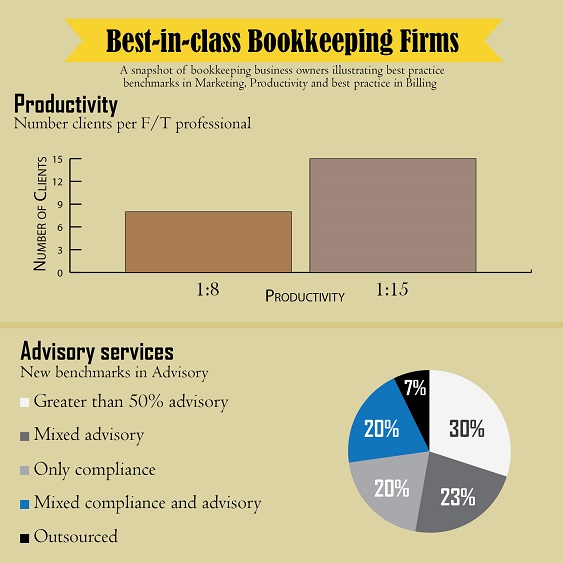‘Productivity’ is a word used by many providers as well as professionals in the accounting and software space. Open any email from an accounting software vendor and the word will be tossed around liberally. In its most basic manifestation, it means using your time more effectively. Think about your daily commute on public transport. If you’re in Melbourne or Sydney you’ll be using the miki or opal cards; the ticketless cards to get access to the bus, train or tram. They’re reloadable, yet every day queues of people stand in front of an ATM to reload their cards; some waiting 10-15 minutes. Fifty seconds at your computer of smartphone will allow you to reload your card over the internet. Time is money and productivity tools can gift you precious time.
Translating productivity gains
A bookkeeping firm changed hands and the new buyers saw the potential to make massive productivity improvements. “There were about 50 bookkeeping clients, managed by a team of five people. We noted that most of the time spent on each client was just on data entry,” said one of the new owners. Using a combination of productivity tools and streamlining the data gathering as well as obviating the need for onsite work, pathed the way for massive productivity gains.
One of the intended consequences of automation on data gathering, data entry and client onboarding is that it provides a means to manage the team better. It delivers a definite motivation bonus. “Instead of just being data entry personnel, our team acquired new skill sets in technology and become more motivated because they knew they were helping clients.”
Turbo-charging growth
A firm can grow by acquiring new clients but productivity improvements cut bookkeeping time. This delivers a capability to add more services at the same cost base for operating the bookkeeping business; services that might include advice and increased efficiency.
If the firm could deliver basic bookkeeping services for 50 clients under the ‘old’ system (at a client: staff ratio of 10:1), then it may well be able to handle 75 clients with same cost base with a 50 percent productivity improvement. That’s a ratio of 15:1. Additional tem members can be ‘bolted’ on to existing systems and deliver further growth. That’s a sure –fire way to turn the word productivity into bottom line profits.
See our special report at: www.bookkeepershub.com.au/contact
(write: “BENCHARK” in the form)

